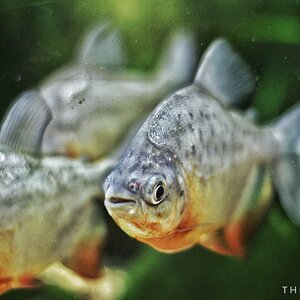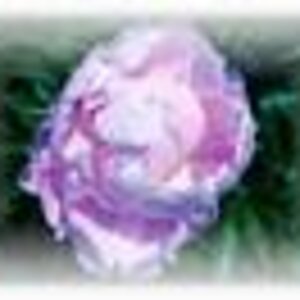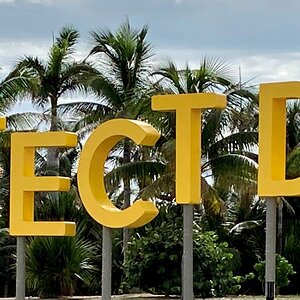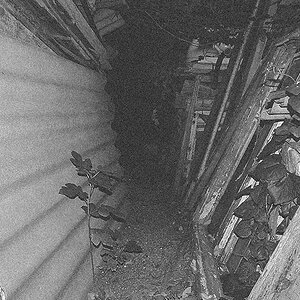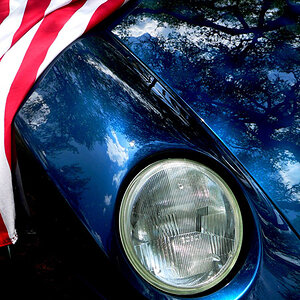wyogirl
Oh crop!
- Joined
- Jun 18, 2013
- Messages
- 1,593
- Reaction score
- 611
- Location
- South West Wyoming
- Can others edit my Photos
- Photos OK to edit
theoretically speaking...
I'd like to set up a "mobile dark room", meaning I'd like to use my son's bathroom as a dark room when I need one and then take everything out when it needs to be a bathroom. The bathroom has no windows and the door can easily be made light tight. This would be for black and white film developing and printing.
Questions:
1. Is this feasible?
2. What does the cost look like for something like this? (full setup, enlarger and whole 9 yards)
3. are there safelights that are "portable" so to speak?
Any answers or suggestions are very much appreciated. Thanks!
I'd like to set up a "mobile dark room", meaning I'd like to use my son's bathroom as a dark room when I need one and then take everything out when it needs to be a bathroom. The bathroom has no windows and the door can easily be made light tight. This would be for black and white film developing and printing.
Questions:
1. Is this feasible?
2. What does the cost look like for something like this? (full setup, enlarger and whole 9 yards)
3. are there safelights that are "portable" so to speak?
Any answers or suggestions are very much appreciated. Thanks!



